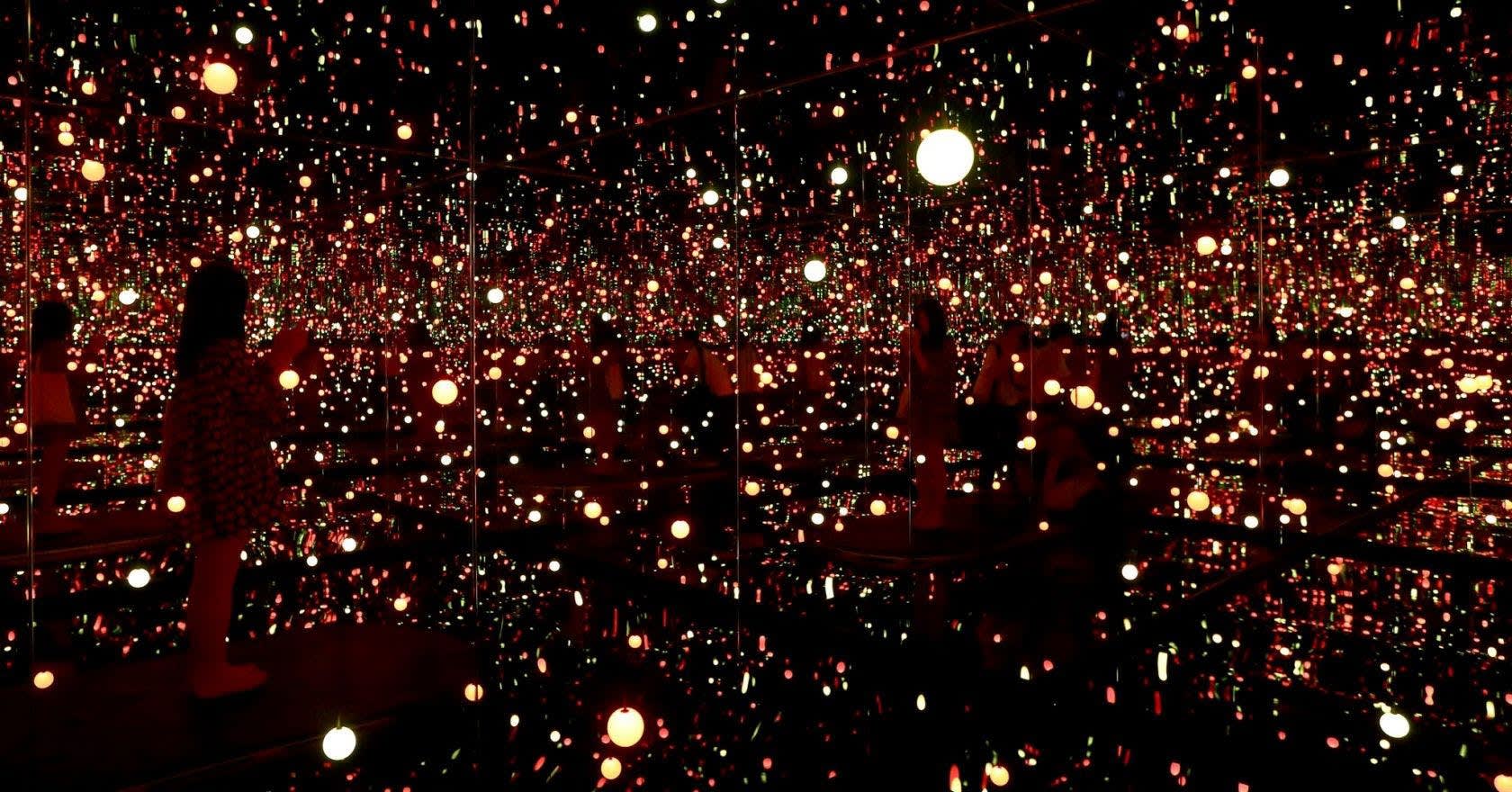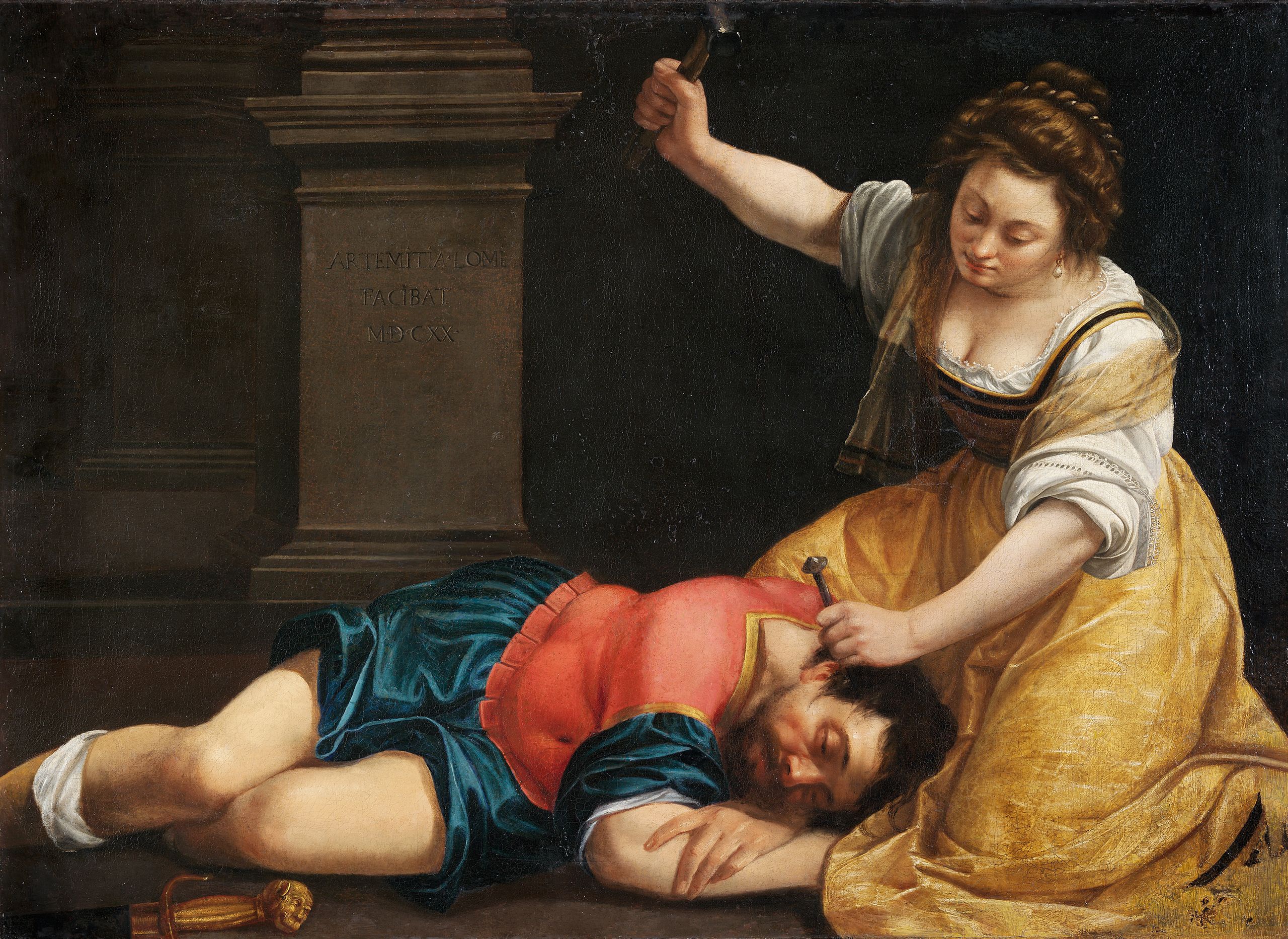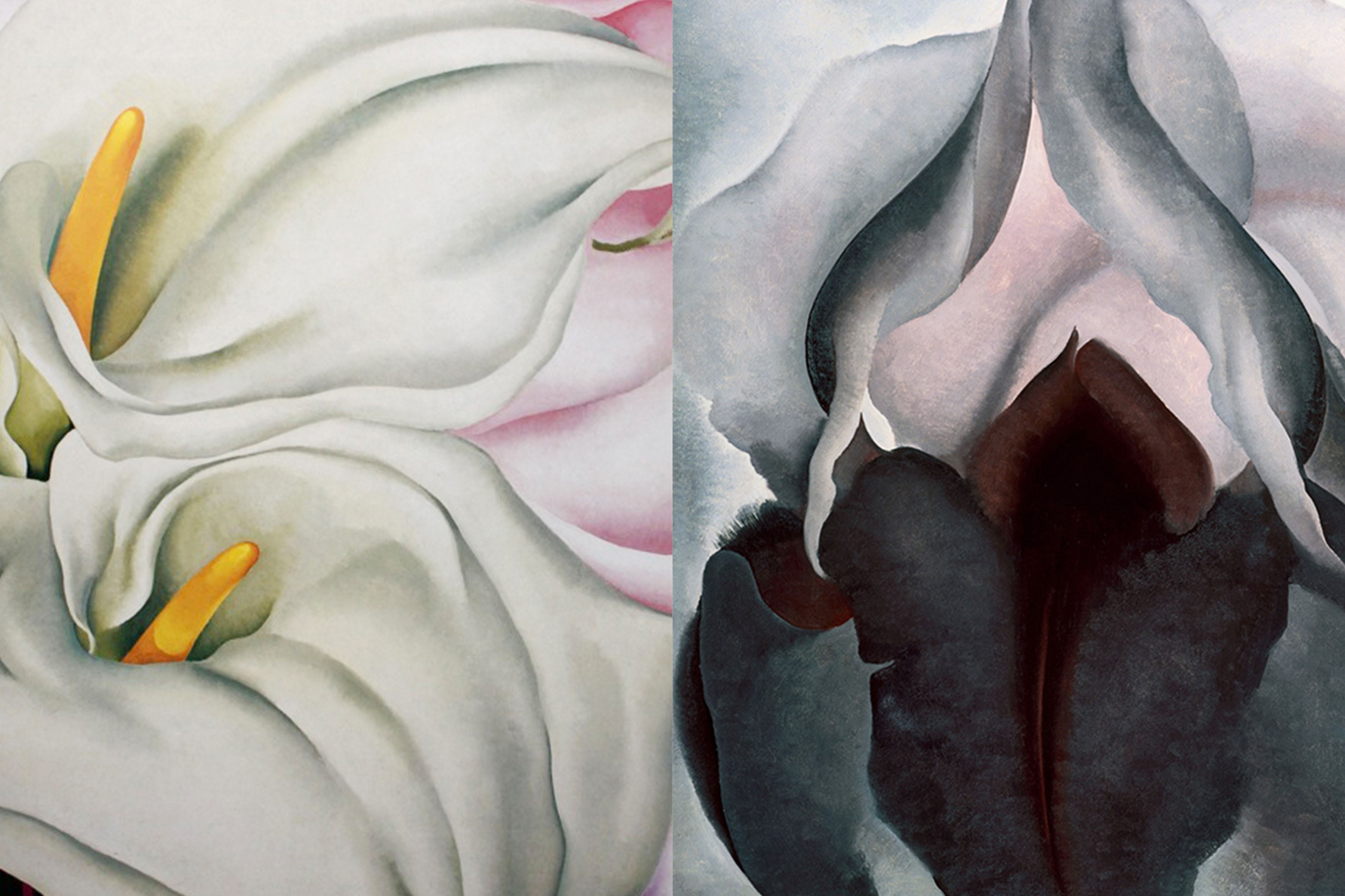GEORGIA AND LIZA
@CURA_ART_
This is an exciting double interview with the two most WONDERFUL women in the art world: Georgia and Liza from CURA Art. @cura_art_
This post is a true love and thank you letter to two of the most generous and kind people I have ever met. Over the last year, Liza, Georgia and I have come up with some incredible new projects (I think at least 3 upcoming!!) that we are so excited to share with you all soon.
Since meeting these best friends, we realised how our values, beliefs and dreams for the art world aligned so perfectly, and I am very honoured to be a part of CURA as their Ambassador and Artist Liaison.
When asking “What piece of advice would you give a young person in the arts?” they said this:
G: I think the art world can sometimes be daunting and intimidating, so don’t be afraid to ask questions, but also don’t be afraid to ask for favors and for advice.
🖤🖤
L: To not be disheartened when starting out and look for unique positions within the arts that you may not have thought of.
-
INTERVIEW
How would you describe what you do in a few words?
GEORGIA: CURA supports collectors with the management and care of their collection.
LIZA: CURA supports collectors with the management and care of their collections, with a focus on preservation and legacy.
Tell me about Cura, and the journey to starting your company?
G: Liza and I both felt that there was a gap in the sector – Collectors are supported with acquisition and sales, but we felt like more was needed with everything in between. We thought that our combined backgrounds and study of art history and conservation would mean we could provide this platform for collectors and assistance with everything from conservation, cataloguing, provenance research and logistics, to managing loans to or curating exhibitions. We’ve been planning the company since we met in 2012, but wanted to gain further experience and be confident in what we were doing.
L: Georgia and I met in 2012 while working at the Redfern gallery and realized that there was a gap in the market for a service that focused on the care and management of an artwork. We feel that there is a lot of attention on the acquisition process but not as much support geared towards the long-term preservation of a collection. This is how the idea for CURA was born. While I lived in London for 10 years, I decided to return to California and move to LA. While it may sound strange to start a company while living so far from each other, we feel that it is a great advantage as we have access to a wide range of clients and a varied network of specialists.
What has been the highlight of your career so far?
G: I would say the touring exhibition I organised whilst Assistant Curator of the Goldsmiths’ Company. I was tasked with showing contemporary silver to a new audience, and showed it alongside other contemporary crafts in a curated table display which toured to five UK venues, including the majestic Osterley House owned by the National Trust. If our exhibition ‘LA:NIGHT AND DAY’ would have taken place in March, I am sure it would have over taken, and look forward to realizing the exhibition in the future.
L: For me, starting CURA was the highlight. I am lucky enough to be in business with a dear friend who I respect and admire and it has been incredible seeing the business come to fruition.
Tell me about your earliest memory surrounding art, and when did you decide to pursue a career in art?
G: I’m not sure I can pinpoint it to one memory, but art has always been a huge part of my life. I remember escaping into books about the Renaissance at my grandparent’s house as a small child, and just being fascinated by the magical world that I would escape to through them. Art was by far my favourite subject at school, and I was lucky enough to be able to study art history at A-level. I always knew that my life would be shaped around learning more about this incredible subject.
L: I grew up in a small town called Ojai, about a 2 hour drive from Los Angeles. I started taking art classes when I was very young with an incredible local artist and teacher Sharon Butler. I spent many afternoons in her workshop and those were definitely my earliest memories surrounding art. I ended up moving to Florence, Italy when I was 17 to study Art Restoration at the Lorenzo de’ Medici Institute. I knew early on from being there that I needed to be in the sector and work to preserve this incredible history.
What was the first piece of artwork you bought?
G: I would say the first time I purchased a work of art with intent was a group of three preliminary sketches by the Modern British artist Adrian Heath.
L: While this isn’t the first piece of artwork I bought, it is the first artwork that I acquired. It is a small round painting of a snail by the California artist David Settino Scott. While it’s not the most valuable piece I own from a monetary perspective, it's the one painting I have carried with me from place to place and country to country.
What are your top tips for anyone starting their art collection?
G: I think collect what excites you first and foremost, and if you’re collecting what you love and believe in, especially with regards to contemporary artists, your role as patron, and promoting their work, will be a great joy.
L: Start your collection with works that you really love – while art as an investment is important, feeling passionate about the pieces you buy, especially in the early stages is essential.
What is one thing people would be surprised to know about you?
G: I was formerly Assistant Curator of the Goldsmiths’ Company Collection (one of the Guilds left with roots in Medieval London) and responsible for the cup that Queen Elizabeth drank from at her Coronation in 1559.
L: In London, I worked at the oldest hat shop in the world, Lock & Co. I preserved and catalogued more than 400 ledgers and historical material in order to curate a new, permanent exhibition space. This was the first time in many decades that anyone had touched the ledgers. It was very rewarding to see all of the historical material safely preserved for many years to come.
If you could have a meal with any artist from any time, what would the meal be and who would it be with?
G: Lots of pasta, wine and tiramisu with Leonardo Da Vinci
L: For me it has to be Frida Kahlo. I have read that Frida cooked traditional Mexican food, which is definitely my favorite cuisine. I dream of sitting in her bright yellow kitchen at “La Casa Azul” in Mexico City.
What has been your experience of the creative world so far?
G: I think it can be intimidating at times, and there’s an idea that you ‘have to prove yourself’ within a traditional sense before being taken seriously. However, I think things are changing, opening up, I think it has already changed a lot since I started my career in the arts in 2007.
L: My experience has been overall very positive. While the art world can be overwhelming and sometimes intimidating, having the opportunity to connect with creatives around the world is such a privilege. Learning from experts in their fields is also very rewarding. While I am from California, I hadn’t lived in LA as an adult and my return to the city was not what I expected. The LA arts community felt very welcoming and inspiring; I can’t wait to return to going to gallery openings as that is where I have met so many amazing artists and arts professionals.
What are some things you’re committed to fulfilling?
G: Creating better access to private collections through loans and exhibition, but also with more specific educational purposes in mind.
I also think encouraging collectors to understand their role and responsibilities as a custodian and their wider influence on the art world was another huge factor for wanting to start CURA.
L: Partnering with a wide network of specialists to offer an all-encompassing service through CURA.
Also, I would like to get more involved with teaching and workshops that focus on spreading knowledge of collections care and management in order to reach to a broader audience.
What is your greatest indulgence in life?
G: Reading a book in the bath.
L: A margarita : ) And food in general, my husband is a chef and sharing food with friends is a big part of my life.
How would you reframe the conversation around art to get more people involved?
G: I think now is a wonderful time to be asking this question. I really do believe that there needs to be some kind of reform with regards to diversity throughout the arts. However, I think a key to real and long-lasting change is a reconsideration about what is studied about the subject at entry level. We can only fulfill greater diversity in the art world, and therefore be able to tell a fuller story of human history, if we encourage more into the sector with a revision of the standardized canon of art history, and its focus on ‘western’ art.
L: With all of the change that needs to happen in the world, the arts sector is also in the spotlight at the moment. Now is the perfect time to acknowledge that the sector needs to come a long way with regards to diversity and shifting old ways of thinking. Continuing to have difficult conversations and asking questions is a start in order to get more people involved.
Looking ahead, what do you think could be your biggest challenge?
G: Helping to encourage collectors to create access through loans and exhibitions – we have to be incredibly sensitive to their privacy and ownership.
L: As we work with private collectors, many of who wish to remain confidential, it is difficult to show examples of the work we do as discretion is a large part of our job.
Also, as we are a small company, in general taking on many roles when expanding a business can be challenging.
What piece of advice would you give a young person in the arts?
G: I think the art world can sometimes be daunting and intimidating, so don’t be afraid to ask questions, but also don’t be afraid to ask for favors and for advice.
L: To not be disheartened when starting out and look for unique positions within the arts that you may not have thought of.
What would be your dream project?
G: Working on an exhibition, bringing together masterpieces from private collections that are otherwise not seen.
L: Working with a private collection from conception through to installation for an exhibition.
Favourite historical female artist?
G: I know it’s somewhat of a cliché but I remember so vividly the first time I saw Artemisia Gentileschi’s work as a teenager and how, knowing that she worked 400 years ago with such gusto, she was hugely inspiring to me.
L: This is a very hard one! Some of my favorites are: Frida Kahlo, Mary Cassatt, Georgia O’Keeffe and Hilma af Klint. I really enjoyed the recent documentary Beyond the Visible: Hilma af Klint.
Favourite current practicing female artists (as many as you like)?
G: Frances Lise McGurn
Jess Valice
Gill Button
Yi To
Lauri Hopkins
Michaela Yearwood-Dan
Nicole Chui
Clara Adolph
Elizabeth Power
Petra Borner
Hester Finch
Laura Watters
Tahnee Lonsdale
Maria CuéllaL: This is too hard there are too many!
Here are a few that I have been loving right now:
Rachel Hayes
Jess Valice
Tahnee Lonsdale
Pia Pack
Aili Schmeltz
Deana Lawson
Lorna Simpson
Judy Chicago
Fiona lewisWho should She Curates interview next (as many as you like)?
G: Valeria Napoleone
Jo Baring
Ashleigh Brown
L: Alice Lodge
Pia Pack
Jessica Burgess
Ruth RavenscroftIs there anything else you wanted to say?
Thank you to She Curates for your ongoing support for CURA!
Thank you for including me in this series and for all of your support!
